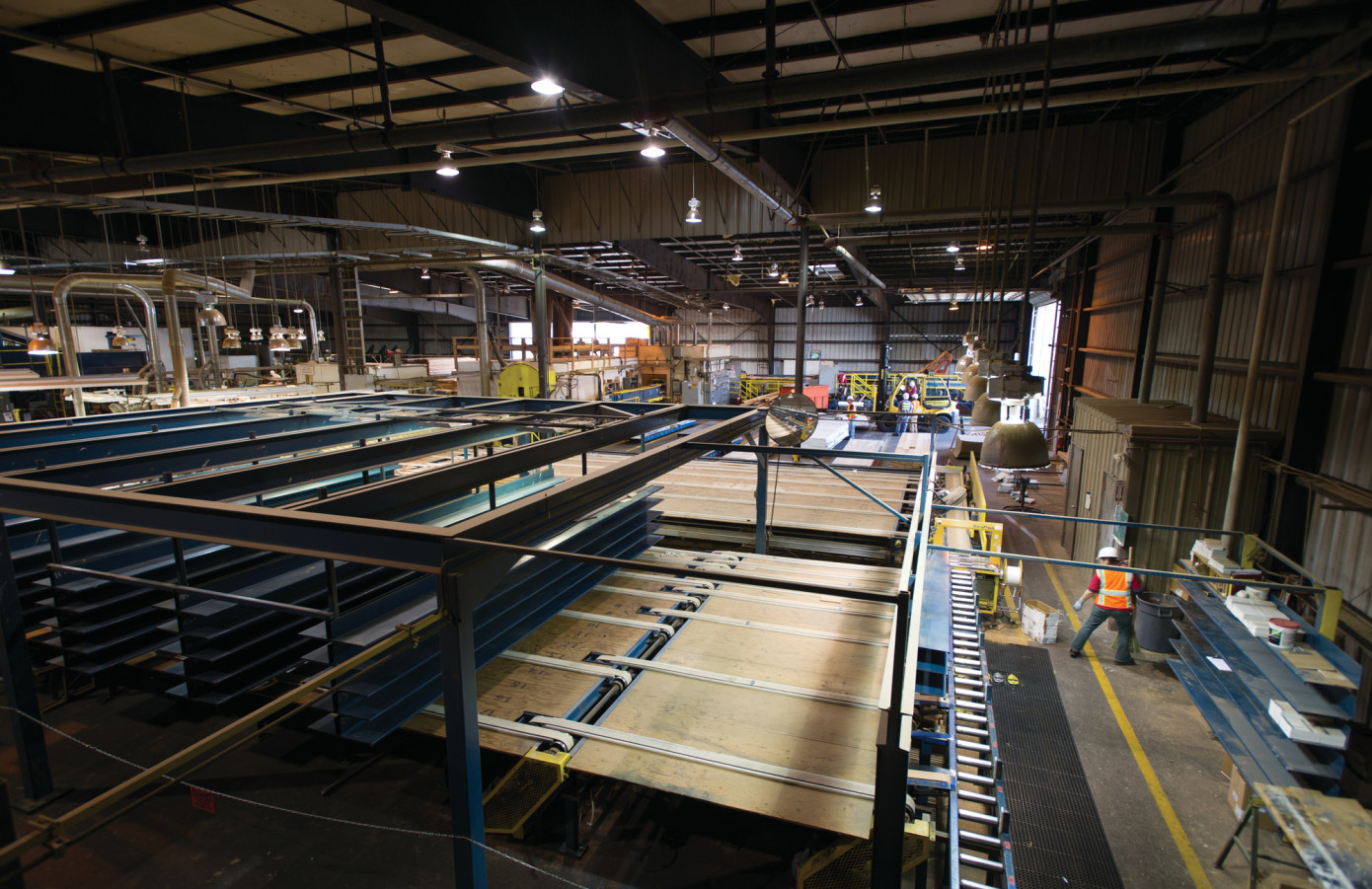Interfor Corporation reported a net loss of $304 million in 2024, a 14% increase from the $267 million net loss in 2023. Total sales fell 9% to $3 billion, down from $3.3 billion in the previous year. Adjusted EBITDA for 2024 dropped 60% to $19 million, compared to $48 million in 2023, according to the company’s annual financial report.
Lumber production totaled 4 billion board feet, down 5% from 4.15 billion board feet in 2023. The U.S. South accounted for 1.8 billion board feet, a 4% decrease, while Eastern Canada produced 1 billion board feet, down 1%. The U.S. Northwest saw the largest decline, with production falling 27% to 457 million board feet. British Columbia output rose 8% to 660 million board feet.
Lumber sales volume reached 4 billion board feet, a 3% decrease from 2023. The average selling price dropped 4% to $610 per thousand board feet, compared to $638 in the previous year. Benchmark prices showed mixed trends, with the Western SPF Composite increasing 5% to $410 per thousand board feet, while the SYP Composite dropped 14% to $362 per thousand board feet.
Interfor ended 2024 with $861 million in net debt, representing 36% of invested capital, up from 33% at the end of 2023. Liquidity stood at $383 million, supported by $144 million in operating cash flow. Capital expenditures for the year totaled $67 million, down 64% from $186 million in 2023. The company plans to invest $85 million in 2025, including the continued rebuild of the Thomaston, GA sawmill.
Interfor expects continued volatility in the North American lumber market due to economic adjustments, labor constraints, and potential trade tariffs. Despite challenges, the company remains positioned to adjust production and capital spending in response to market conditions.
